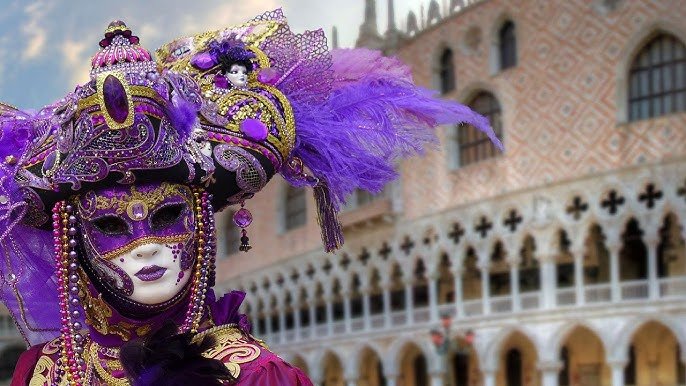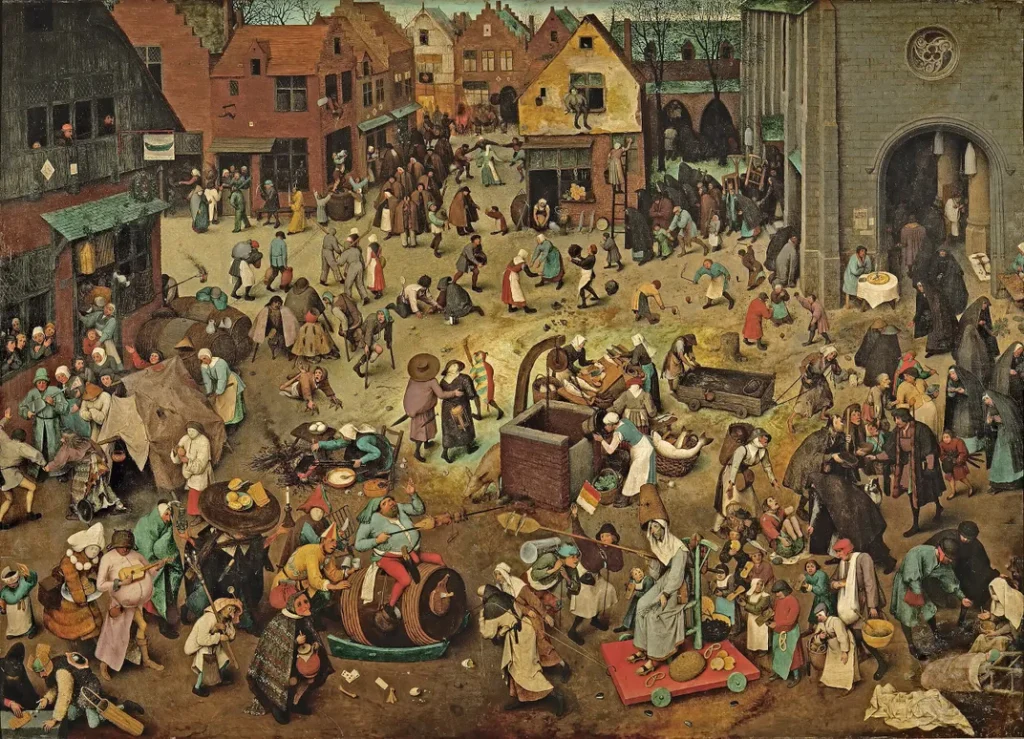If you’ve seen the term “Carnival Rewards Program” trending recently, your mind probably went to cruise ships, loyalty points, and modern entertainment packages. But what if we told you that this term has deeper roots in art history, ritualistic culture, and the evolution of community celebration through visual storytelling?
At diyartifacts.com, we dig deeper than just the surface trend. In this blog, we’re going beyond the loyalty programs to uncover the true artistic and historical legacy of carnivals — and how those very roots influence modern reward systems, artistic expression, and cultural memory.
What Is a Carnival, Really?
The word Carnival comes from the Latin “Carne Vale”, meaning “farewell to meat.” Traditionally, carnivals were huge celebrations before the Christian fasting season of Lent. These events were rich with:
- Music
- Dance
- Masks
- Artistic costumes
- Street performances
- Symbolic art
Over time, Carnival became a symbol of liberation, creativity, and cultural resistance — making it one of the most artistic public events in human history.
The Art of Carnival: A Living Canvas
Carnival is not just fun — it’s visual storytelling at its finest. Historically, artists, mask-makers, tailors, and street painters played a huge role in creating the carnival experience.
Key Art Forms in Carnival:

- Mask Making: Especially in Venice and Rio, masks became expressions of identity, anonymity, and social commentary.
- Costume Design: Costumes reflected mythology, politics, religion, and satire.
- Murals & Floats: These carried entire stories — often painted and sculpted by local artists.
Carnival art, thus, wasn’t just decorative. It carried deep symbolism, political messages, and spiritual meaning — all rendered through color, shape, and motion.
Carnival Rewards in History: Ancient Loyalty Through Celebration?
You might wonder — how does this relate to the modern Carnival Rewards Program?
Let’s explore a unique comparison.
In medieval Europe and colonial Latin America, communities were rewarded for participation in carnivals:
- Best costumes won prizes.
- Families received recognition for their craftsmanship.
- Local artists were commissioned year after year, building trust (and reward) with their community.
Reward culture is not new. It just looked different. Ancient societies used fame, symbolic gifts, medals, and artisan commissions as early loyalty programs.
Today’s Carnival Rewards Program might give you cruise discounts or event points — but the idea stems from these very community-engagement rewards in art and celebration.
Famous Artistic Carnivals Through Time

Let’s take a look at some of the most famous historical carnivals where art played center stage:
Venice Carnival (Italy)
- Known for its exquisite hand-painted masks and baroque costumes.
- Artists spent months designing wearable art.
- The festival was (and still is) a walking gallery of living art.
Rio de Janeiro Carnival (Brazil)

- Floats made by artisans carry mythological and political stories.
- Samba dancers perform in coordinated visual harmony.
- Costumes include beadwork, feathers, and embroidery as elaborate as museum artifacts.
Trinidad Carnival

- A blend of African, Caribbean, and colonial influences.
- Known for “Mas” or “Masquerade Bands” — each band tells a historical or cultural story through costume themes.
In each of these, artists and craftspeople were rewarded — economically, socially, and spiritually — for their contribution. The same community recognition now exists in the form of modern-day “rewards programs.”
The Psychology of Carnival Rewards & Artistic Engagement
Today, a Carnival Rewards Program may involve earning points for bookings or purchasing merchandise. But what’s really at play?
The psychology of such programs taps into something deeply human and historic:
- Recognition (same as ancient rewards for best mask/costume)
- Belonging (being part of a visual celebration)
- Expression (showcasing yourself through creative participation)
These were core values of historical art-based carnival events. The program is modern, but the purpose is timeless.
How Artists Today Are Inspired by Carnival
Even today, artists across the world take inspiration from the traditional carnival aesthetic:
- Digital artists create NFT art based on Carnival themes.
- Street painters in places like New Orleans and Rio depict carnival scenes.
- Fashion designers recreate carnival silhouettes on haute couture runways.
- Tattoo artists borrow motifs from traditional carnival masks.
Art remains the soul of carnival — whether you’re earning cruise points or painting floats.
Final Thoughts: Carnival Is More Than a Reward — It’s a Legacy
The trending “Carnival Rewards Program” may be a modern marketing term — but its essence lies in centuries-old traditions of celebrating, rewarding, and preserving art.
When we celebrate carnivals, we don’t just enjoy color and music. We carry forward a legacy of:
- Community expression
- Artistic storytelling
- Cultural memory
- Symbolic reward systems
So, next time you hear “Carnival Rewards”, think of it as more than just points — think of it as a modern version of ancient artistic honor.
